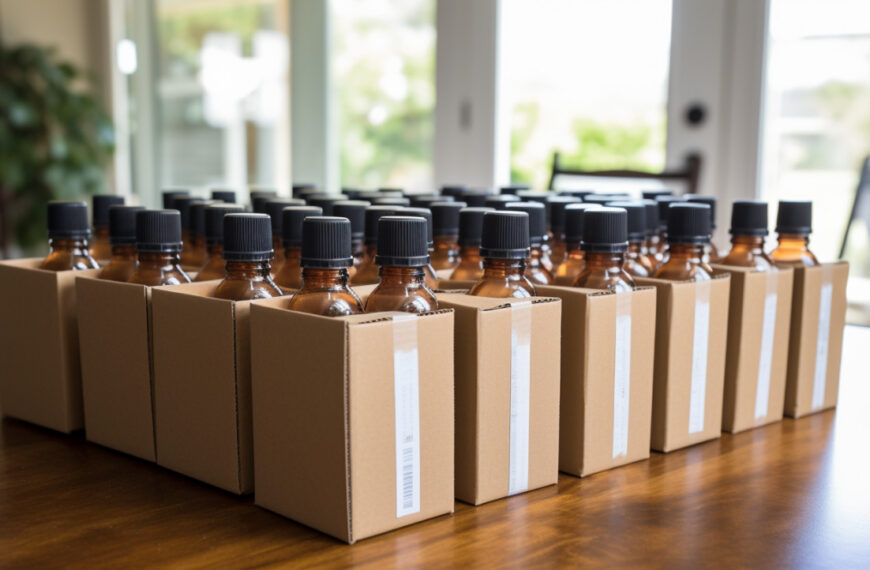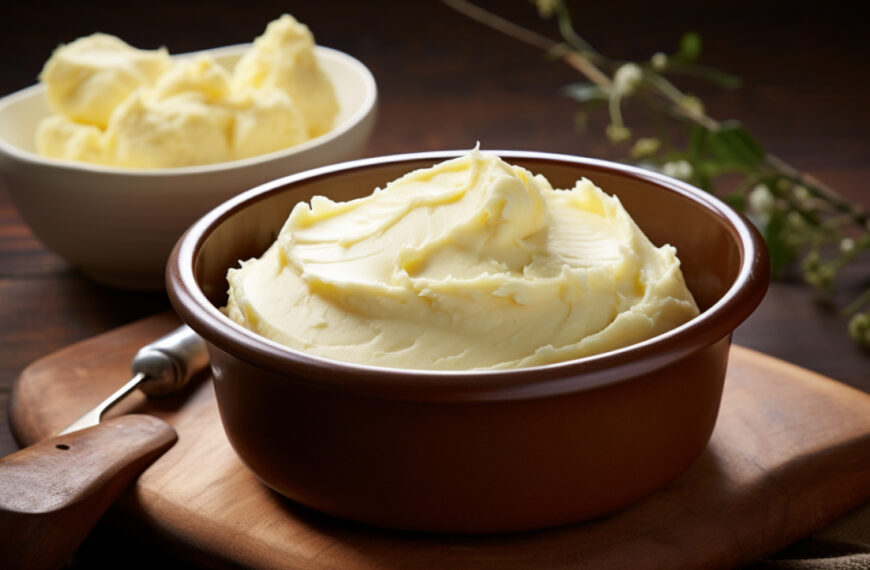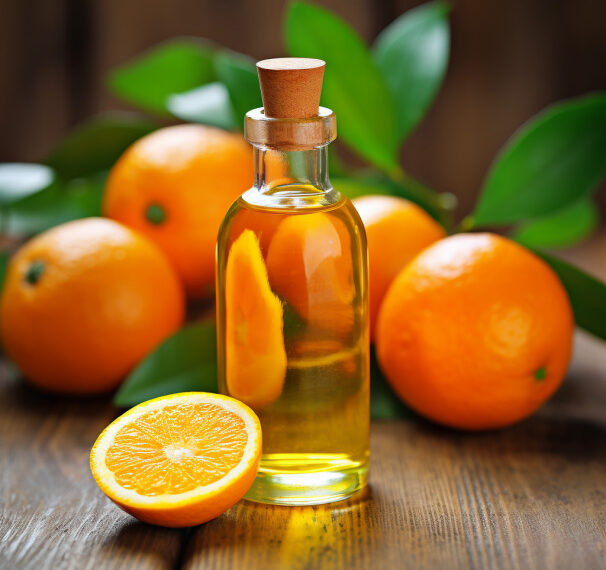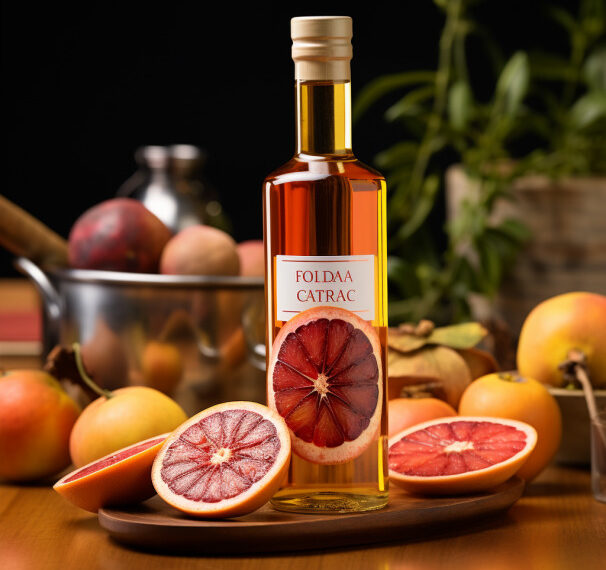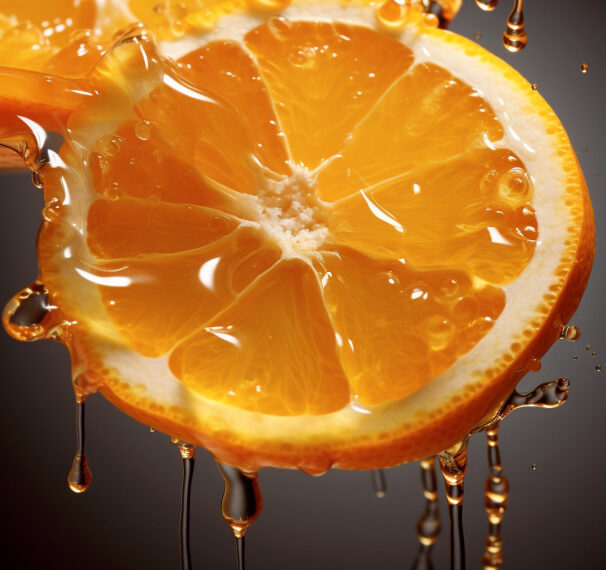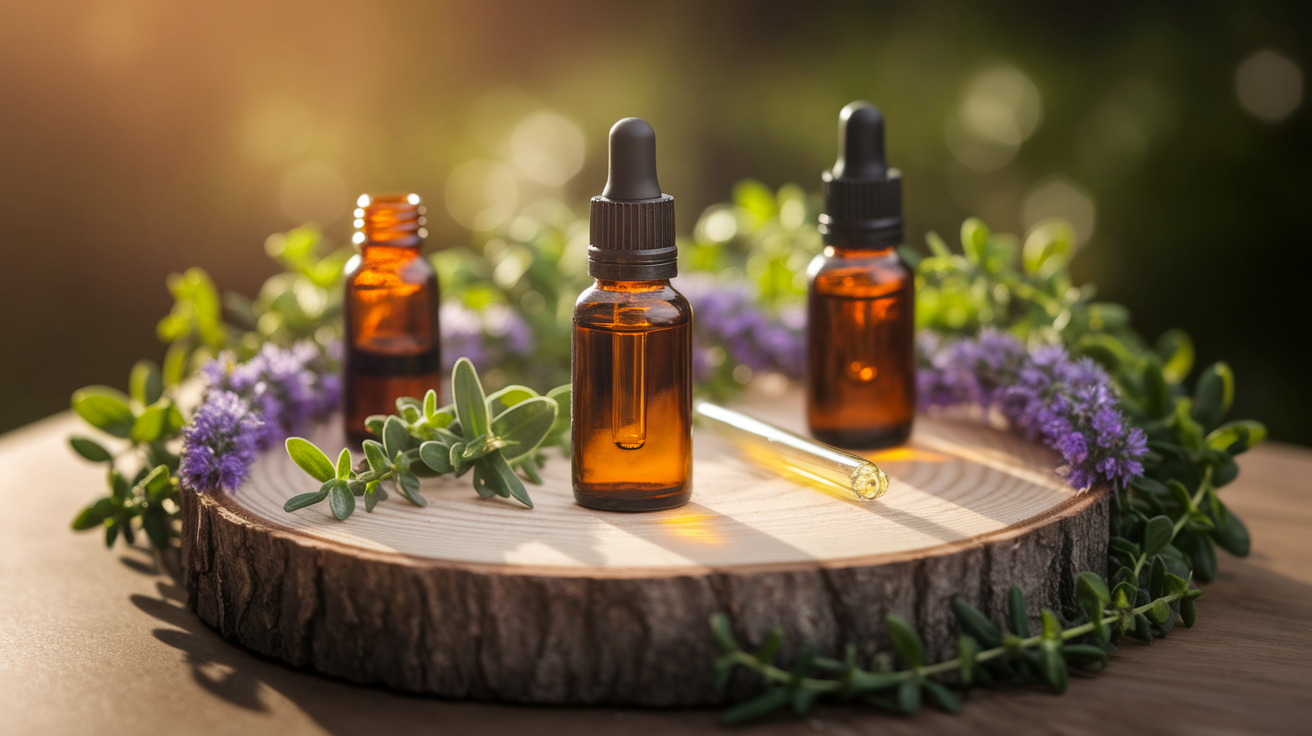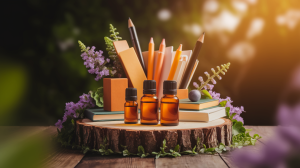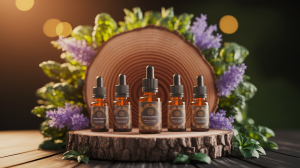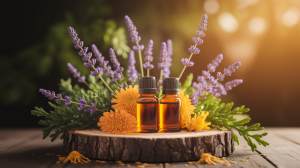Sunlight and Citrus: The Phototoxicity Puzzle Solved
There’s nothing quite like the bright, uplifting scent of a citrus essential oil. It’s like bottling sunshine! But what if I told you that mixing that bottled sunshine with actual sunshine could be a recipe for trouble? It’s a strange but true phenomenon in the world of aromatherapy called phototoxicity. Simply put, it’s a type of skin irritation that occurs when certain chemical compounds, like those in some of our beloved citrus oils, are applied to the skin and then exposed to UV light.
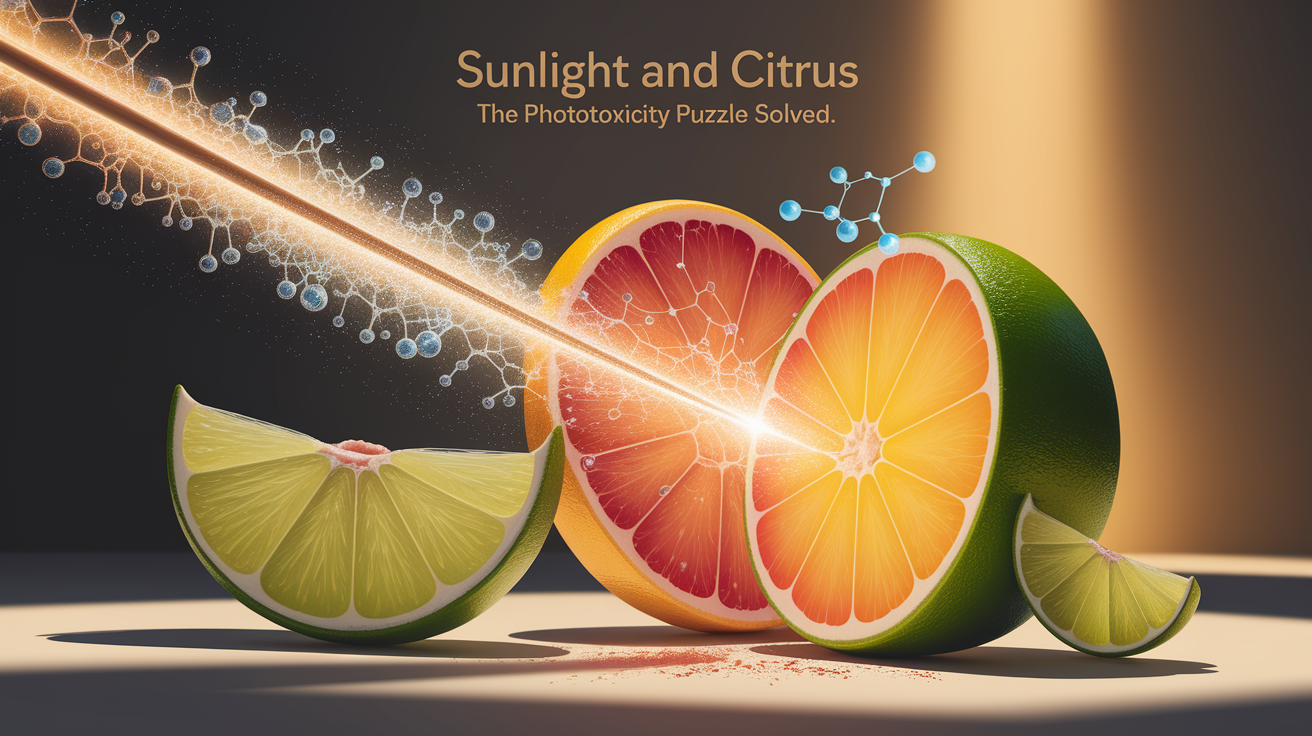
This isn’t just a minor sensitivity; it’s a chemically-induced reaction that can lead to some pretty nasty burns, blisters, and skin discoloration. You might hear it called photosensitivity or, by its more scientific name, phytophotodermatitis—which is just a fancy way of saying a skin reaction caused by plants plus light. Understanding essential oil safety concerns like phototoxicity is one of the most important things you can do to enjoy them responsibly. It ensures your zesty blends leave you feeling refreshed, not scorched.
Cold-Pressed vs Distilled: The Extraction Effect
Now, you might be thinking, “Do I have to give up all my favorite citrus oils for summer?” Absolutely not! The secret to safety lies in understanding how the oil was made. The extraction method is the crucial piece of the puzzle.
Most of the essential oils that cause these phototoxic reactions are citrus oils, but the risk almost always comes from those that are cold-pressed or expressed from the peel. This is because this method squeezes out not just the aromatic molecules, but also heavier compounds called furocoumarins (like bergapten and psoralen). These are the culprits behind phototoxicity.
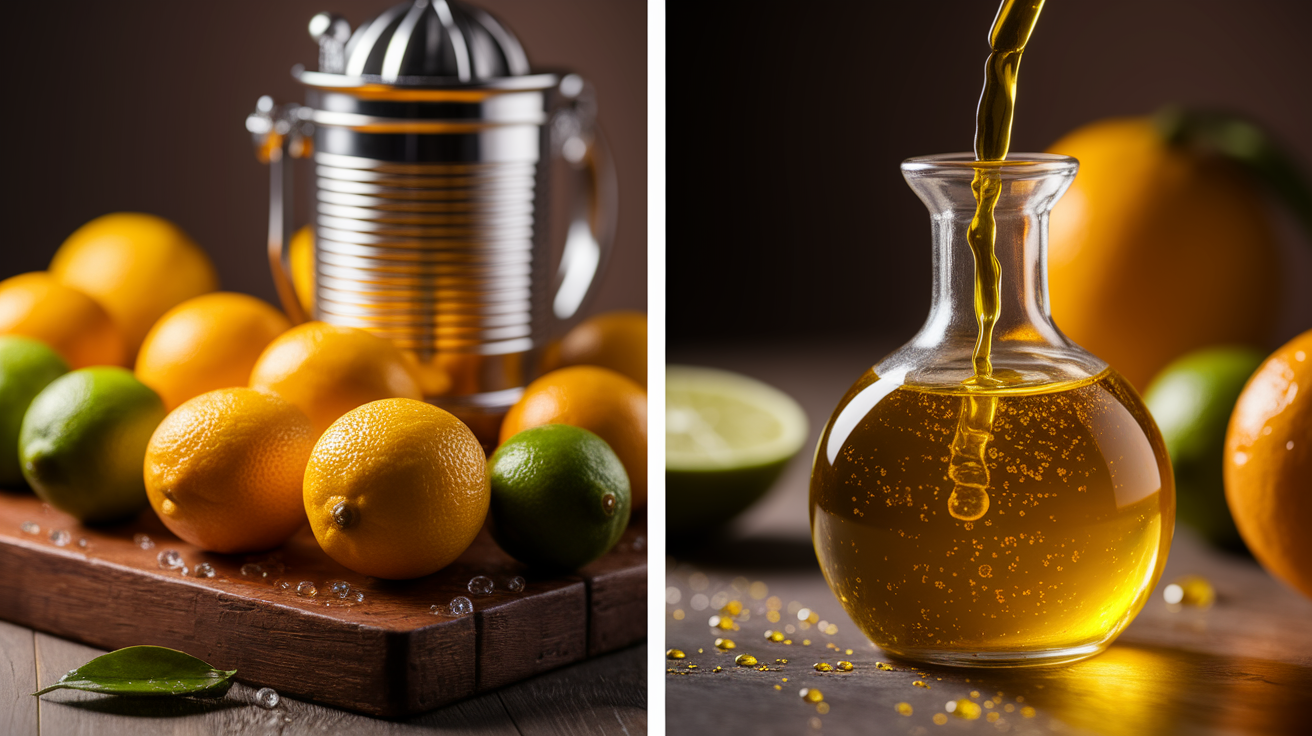
On the other hand, steam distillation uses heat to extract the oil. Since furocoumarins are heavier and not very volatile, they tend to get left behind in the distillation process. This is why you’ll see a big difference in safety profiles:
- Cold-Pressed Lime Oil: HIGHLY phototoxic
- Steam-Distilled Lime Oil: Not phototoxic
This same principle applies to other oils. Knowing which is which is key to safe summer blending. Here’s a quick guide:
Common Phototoxic Oils (usually cold-pressed)
- Bergamot Oil (Citrus bergamia) – One of the most phototoxic.
- Lime Oil (Citrus aurantifolia)
- Lemon Oil (Citrus limon)
- Grapefruit Oil (Citrus paradisi)
- Bitter Orange Oil (Citrus aurantium)
Generally Safe Citrus Oils
- Steam-Distilled Lemon & Lime Oil
- Sweet Orange Oil (Citrus sinensis)
- Mandarin Oil (Citrus reticulata)
- Tangerine Oil (Citrus tangerina)
The Science Behind the Burn
So, what’s actually happening on a microscopic level when you get a phototoxic burn? It’s a fascinating, if not a little alarming, chain of events. When you apply a phototoxic oil to your skin, the furocoumarin molecules are absorbed and find their way into your skin cells (keratinocytes), traveling all the way to the cell’s nucleus, where the DNA is stored.
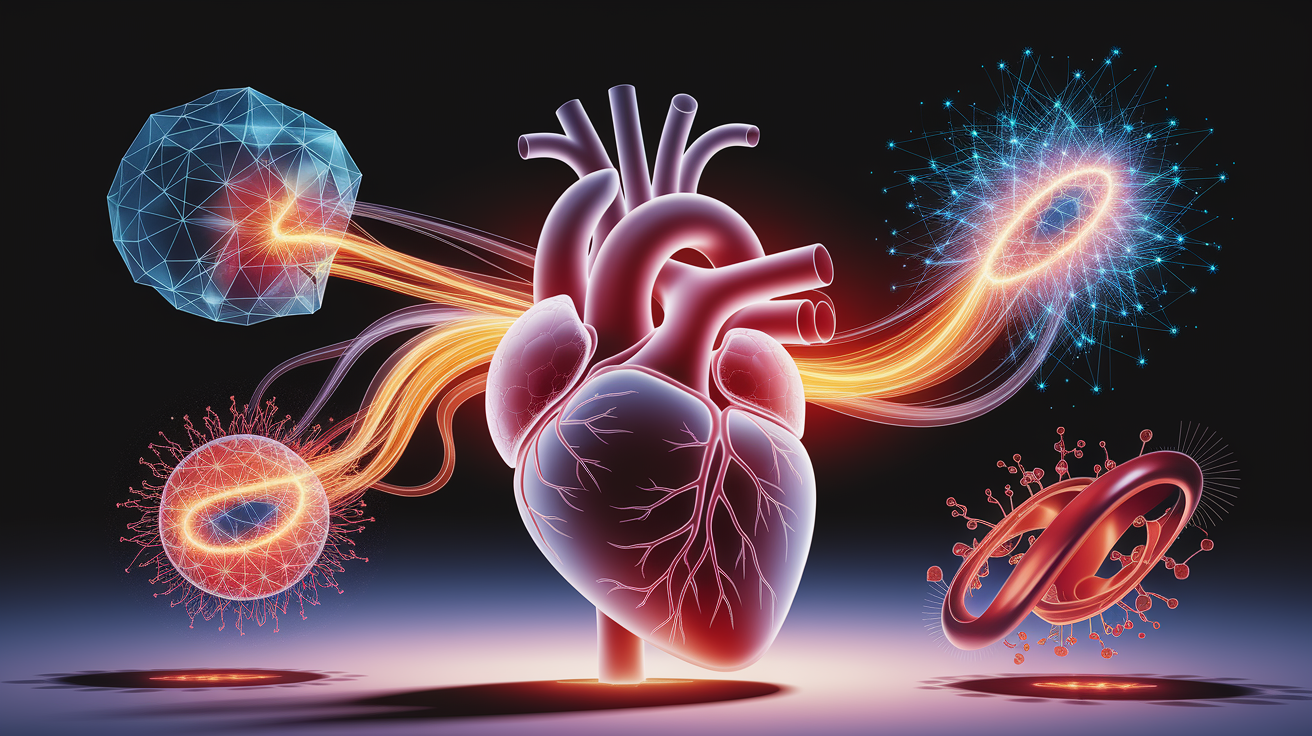
Under normal circumstances, they’d just hang out. But when UVA radiation from the sun hits your skin, it’s like a spark hitting gasoline. The UV light zaps these furocoumarin molecules with energy, kicking them into an excited “triplet” state. In this hyper-reactive state, they are able to form a powerful chemical bond directly with your cell’s DNA. This messes up the DNA helix, causing damage and triggering cell death. Your body’s response to this cellular-level crisis is inflammation, redness, and pain—what we see and feel as a phototoxic burn.
Spotting the Signs: Symptoms of Phototoxicity
A phototoxic reaction isn’t like a typical sunburn. It can be far more intense and take you by surprise. The symptoms usually appear within 24 hours of sun exposure and can range from mild to severe.
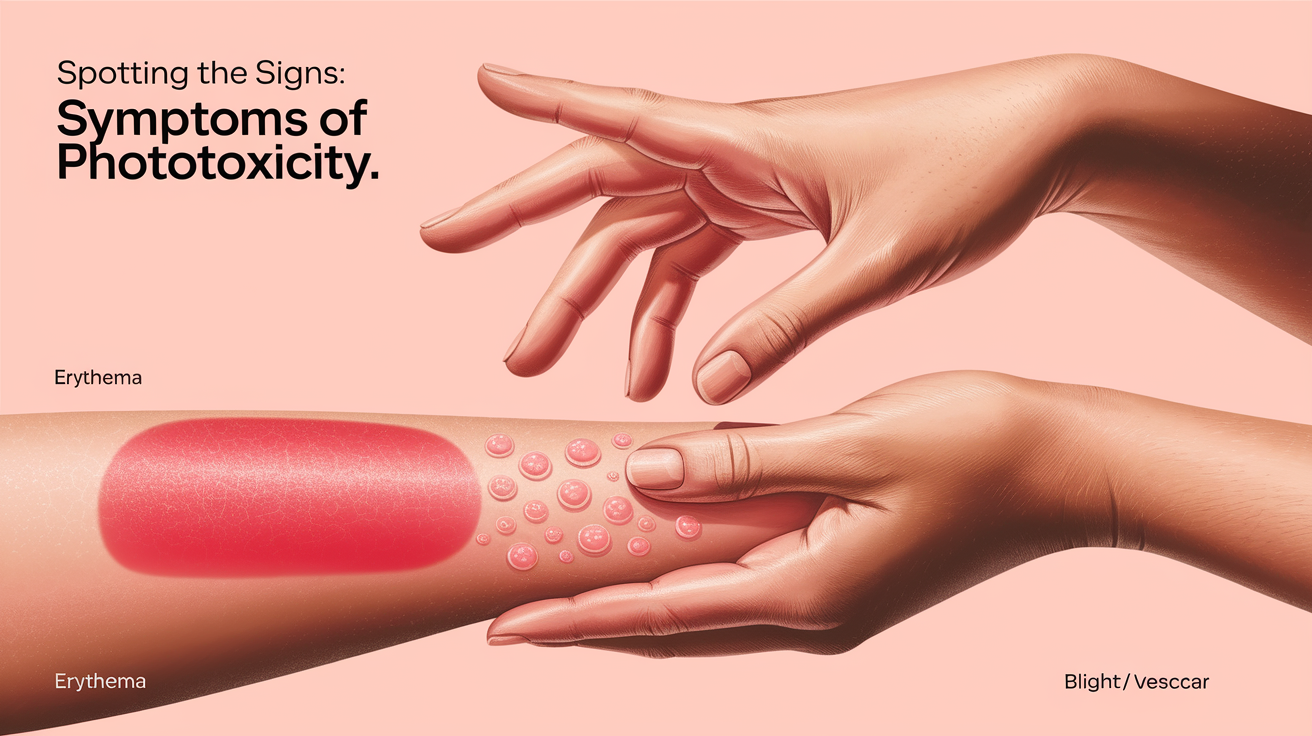
Here’s what to look for:
- Intense Redness: Much stronger than a normal sunburn.
- Burning Sensation: A feeling of extreme heat and skin irritation.
- Swelling and Inflammation: The affected area can become puffy and tender.
- Blistering: In severe cases, painful blisters can form, similar to a chemical burn.
- Hyperpigmentation: After the initial inflammation subsides, you may be left with dark patches on your skin. This skin discoloration is caused by an overproduction of melanin and can last for months or even years.
The reaction often appears in the exact shape or pattern where the oil was applied—like streaks where a lotion was rubbed in or a patch where a drop landed. If you ever experience a reaction, the first step is to get out of the sun immediately. Learning how to neutralize essential oils on skin by washing the area with soap and applying a carrier oil like coconut or jojoba can help manage the immediate irritation.
Sun-Smart Aromatherapy: Preventing Phototoxic Reactions
Knowledge is power, and preventing a phototoxic reaction is simple once you know the rules. Following these guidelines for aromatherapy safety will let you enjoy all the benefits of citrus oils without the burn.
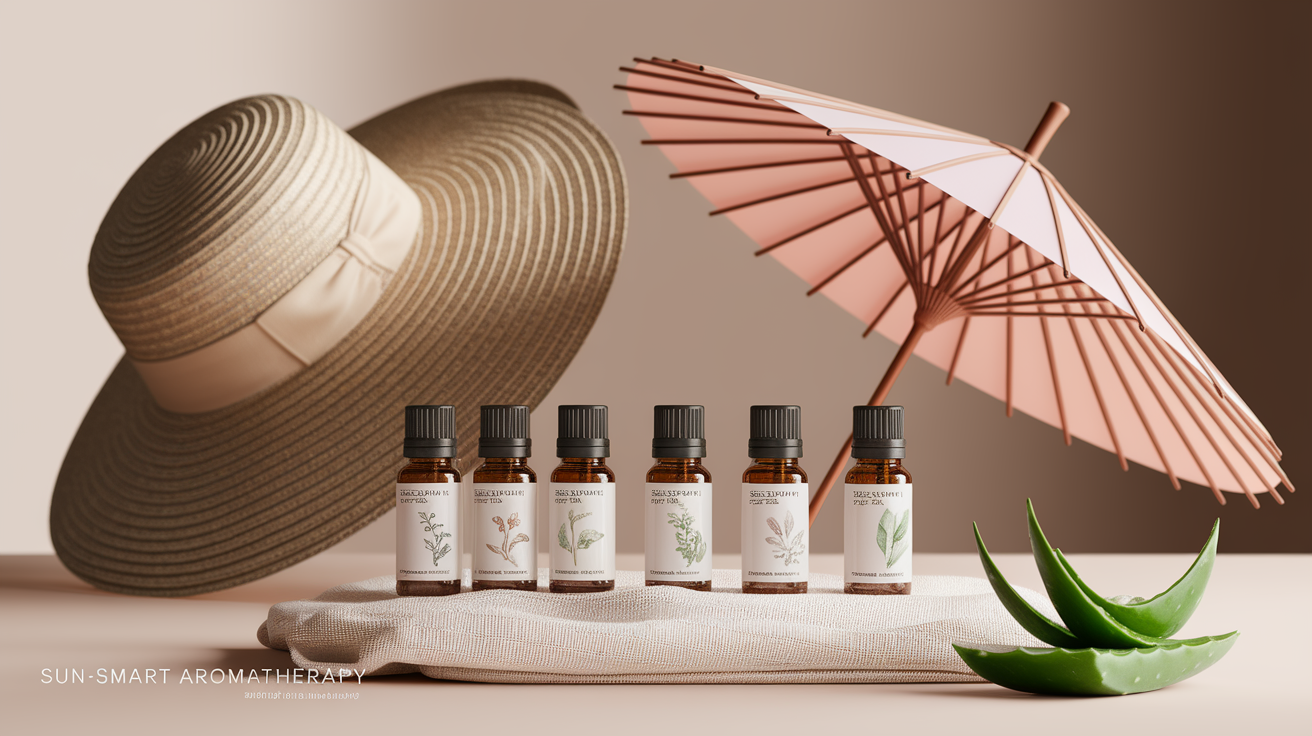
- Wait It Out: This is the golden rule. After applying a phototoxic essential oil topically, wait at least 12-18 hours before exposing that skin to direct sunlight or a tanning bed.
- Dilute, Dilute, Dilute: Proper dilution is crucial for all essential oil use, but it’s especially important here. While dilution can reduce the risk, it doesn’t eliminate it for potent oils. For example, experts recommend that cold-pressed Bergamot oil not exceed a 0.4% dilution in leave-on skin products. Understanding how to dilute essential oils is a foundational safety skill.
- Apply Strategically: If you’re using a phototoxic oil in a blend, like for a massage, apply it to areas of your body that will be covered by clothing. Safe application techniques for essential oils mean thinking about where the oil is going and what that skin will be exposed to.
- Choose Safer Alternatives: For daytime skincare or summery perfume blends, opt for steam-distilled citrus oils or naturally non-phototoxic options like Sweet Orange, Mandarin, or Tangerine.
- Wash-Off Products are Safer: The risk is significantly lower for products that are washed off the skin, such as soaps, shampoos, or scrubs, as the phototoxic compounds don’t have time to fully absorb.
Zest Without the Burn: Final Thoughts
Citrus essential oils are some of the most joyful and effective tools in our aromatherapy kits. They can lift our spirits, cleanse our homes, and support our well-being in countless ways. The existence of phototoxicity isn’t a reason to fear them, but rather a call to respect their power and use them with knowledge and care.
By understanding the difference between cold-pressed and distilled oils, recognizing the symptoms, and practicing sun-smart application, you can confidently and safely enjoy everything these zesty wonders have to offer. It’s yet another reminder of how potent these natural substances are—an important consideration in all aspects of their use, even when considering what essential oils might affect our pets. So go ahead, blend safely, and let the good vibes shine—not burn.





